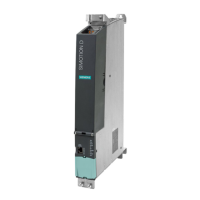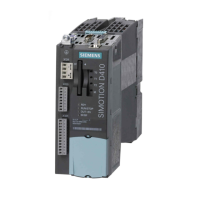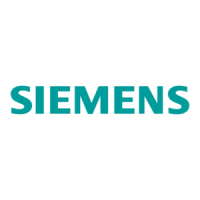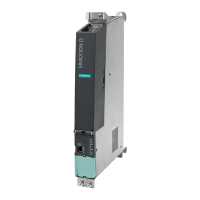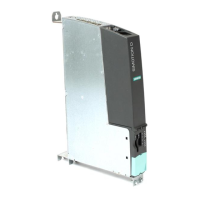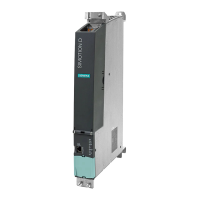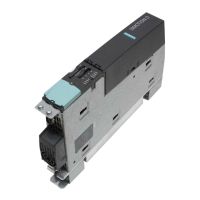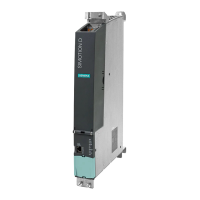PROFINET IO
The use of a Communication Board Ethernet (CBE30) enables SIMOTION D4x5 to
communicate with the following components via PROFINET IO:
Table 2-4
Components on the PROFINET IO
Component Function
Programming device (PG/PC) ... configures, sets parameters, programs and tests using the
SIMOTION SCOUT Engineering System (ES).
SIMATIC HMI device ... is used for operating and monitoring functions. This is not an
essential requirement for the operation of a control unit.
Other controllers (e.g.
SIMOTION or SIMATIC)
... e.g. higher-level controller (plant controller); modular machine
concepts with multiple controllers, distributed across individual
machine modules.
Master computer ... communicates with other devices via UDP, TCP/IP.
Distributed I/O systems
SIMATIC ET 200M Modular I/O system for control cabinet installation and high channel
densities.
SIMATIC ET 200S Finely scalable I/O system for control cabinet installation and
particularly
time-critical applications; including motor starters, safety
technology and individual grouping of load groups.
SIMATIC ET 200pro Modular I/O system with IP65/67 degree of protection for machine-
related applications with no control cabinet; with features such as
compact designs, integrated PROFIsafe safety technology,
PROFINET IO connection and live module replacement.
SIMATIC ET 200eco PN Compact block I/O with IP65/66/67 degree of protection for cabinet-
free usage in machines with M12 connection method. Very rugged
and resistant encapsulated metal enclosure.
Other PROFINET IO I/O devices
Drive units with PROFINET IO
interface
... convert speed setpoints into signals for controlling the motor and
supply the power required to operate the motors.
Gateways ● IE/AS-Interface link PN IO for the PROFINET IO gateway to
AS‑Interface
●
PN/PN coupler for connecting two PROFINET IO networks
DRIVE‑CLiQ
The DRIVE-CLiQ interfaces permit a fast connection to the SINAMICS drive components.
DRIVE-CLiQ offers the following advantages within the DRIVE‑CLiQ topology rules:
●
Expandability of components
● Automatic detection of components by the Control Unit
● Standardized interfaces to all components
● Uniform diagnostics down to the components
● Complete service down to the components
● Simple mechanical handling
The controller can communicate with the following components via DRIVE‑CLiQ:
Description
2.2 System components
SIMOTION D4x5
Manual, 04/2014 25
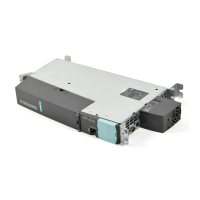
